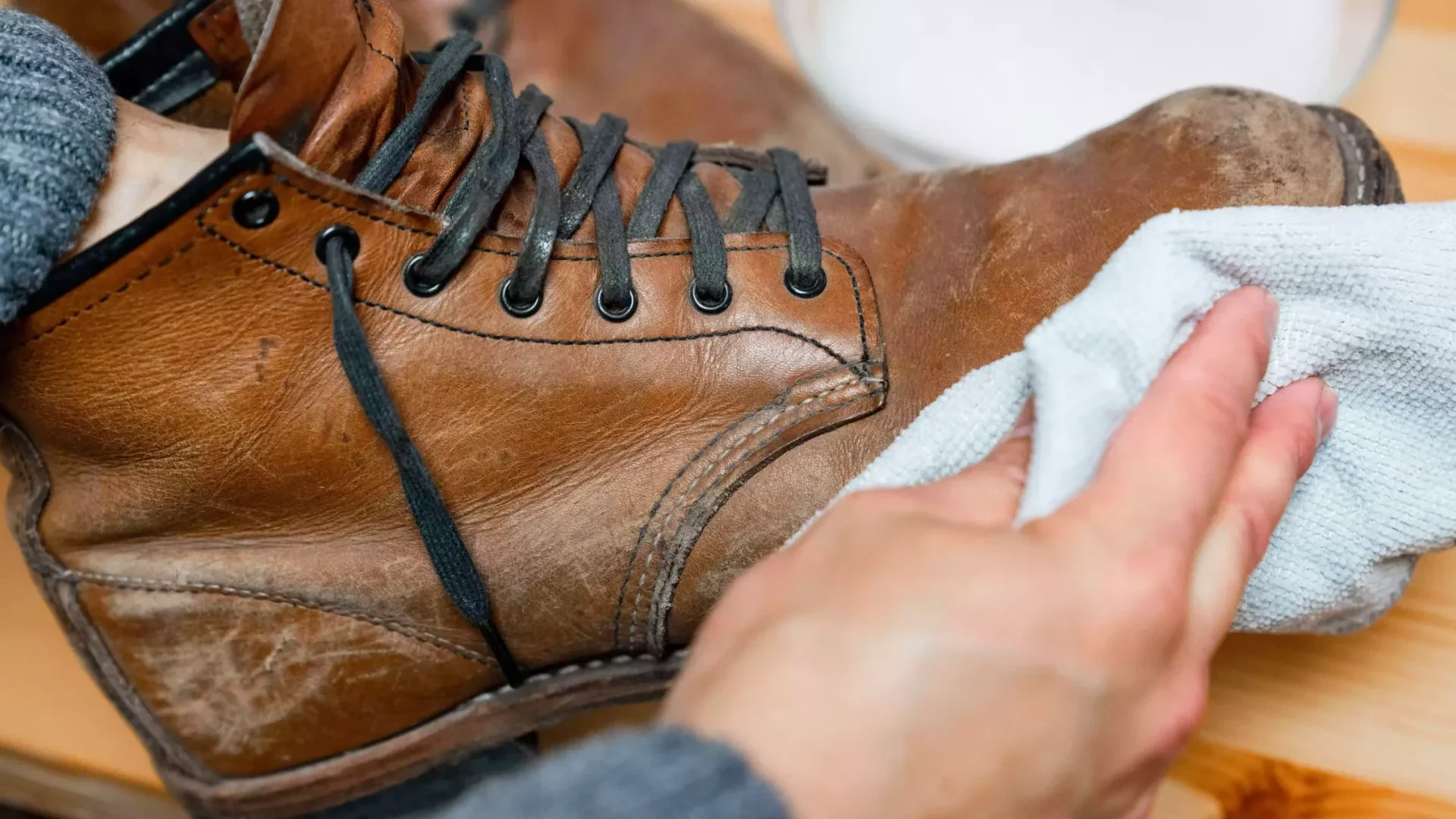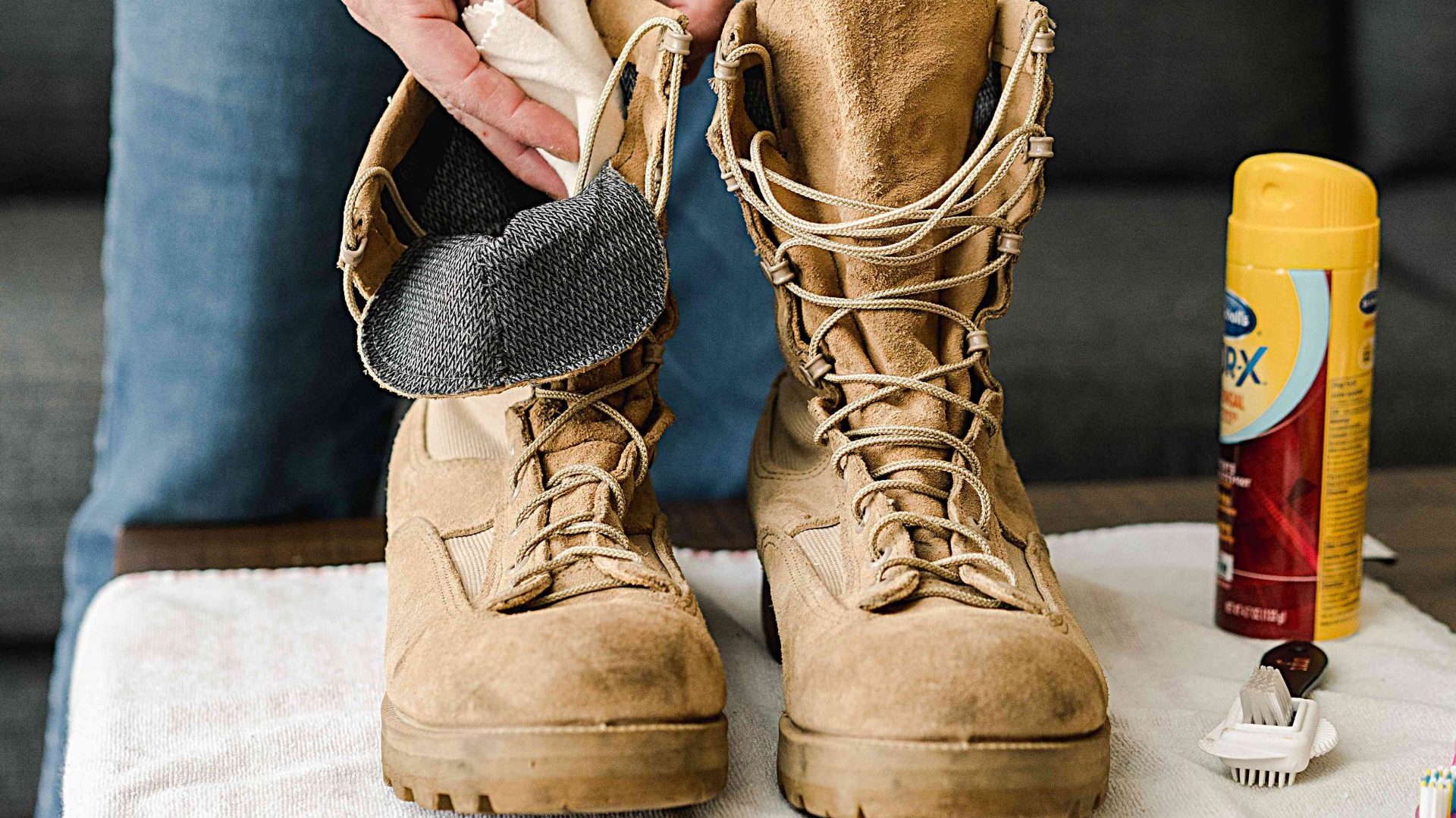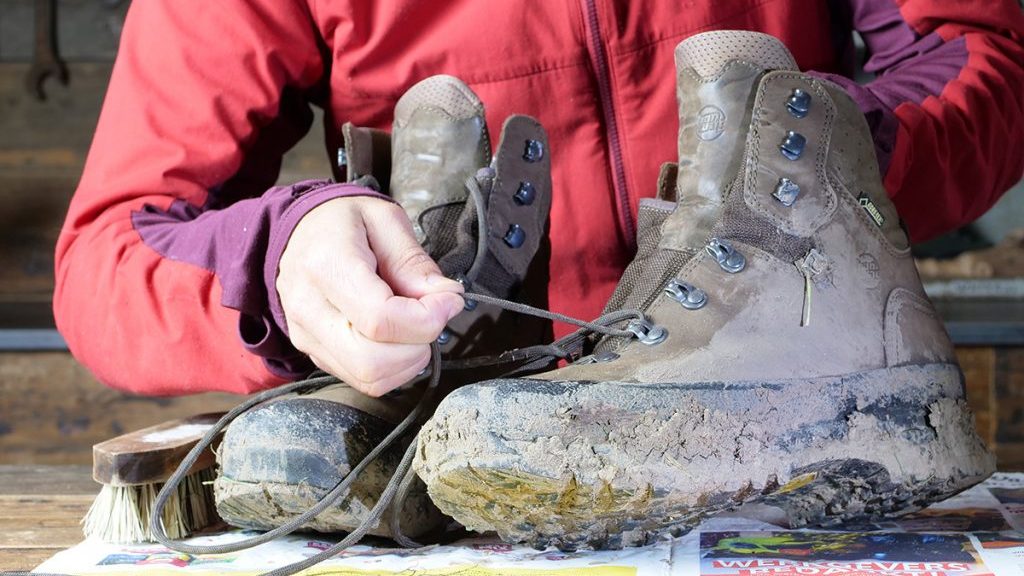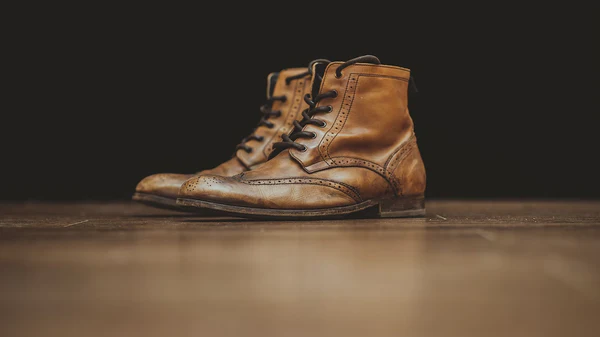Mold on hunting boots can be a pesky problem for outdoor enthusiasts. Whether you’ve stored your shoes away for a while or been exposed to damp conditions, finding mold on your trusty pair can be disappointing.
But fear not! This guide explores effective methods to remove mold from hunting boots, helping you restore them to their pristine condition.
From simple household remedies to specialized cleaning techniques, we’ll walk you through step-by-step instructions to banish mold and prepare your boots for your next outdoor adventure.
So, let’s tackle this moldy issue and get your shoes back in top shape!
Cleaning your hiking boots
Cleaning your hiking boots is one of the most effective ways to remove mold. It will remain if you do nothing to remove the mold from your hiking boots.
Things you need
- Leather cleaner
- Brush
- Water
- Vinegar
- Tea tree oil
- Alcohol
- Vacuum cleaner
- Foam pad
- Soft cloth
- Soap
- Leather conditioner
How To Clean?
1. Remove mold from outside
The first step in deep cleaning hiking boots to remove mold is to brush them from the outside. You can clean the surface with a brush and leather cleaner, mainly if your hiking boots are leather.

Apply the leather cleaner to the brush and scrub your hiking boots to remove the mold. If a leather cleaner is unavailable or for other hiking boot materials, vinegar and water can be used instead.
Other options include water mixed with tea tree oil or alcohol, hand soap, or baking soda. You can proceed to the following steps when you’re confident you’ve removed the mold from the surface.
2. Clean the interior
Cleaning the outside is simple, but cleaning the inside can be more difficult because you must scrub every corner to remove the mold.
After removing the lace from your hiking boots, use a foam pad to scrub the inside and shake off mold.
You can repeat this process until you are confident that you have covered all the corners of your hiking boots. Next, use a vacuum cleaner to remove any remaining mold residue.
Then, with a spray bottle, apply the cleaning solution you used to clean the outside. After spraying, apply the solution to your hiking boots with a soft, clean cloth. Then, let your hiking boots dry for a while.
3. Clean the insoles.
Hiking boots with worn-out insoles
It would help to clean the insoles after cleaning the surface and inside of your hiking boots. This ensures that nothing remains on your insoles to spread and infect your hiking boots in the future.

You can either replace the insoles with a new pair or clean the old ones for future use. To clean the insoles, scrub the surface with a brush and remove any mold.
Wash the insoles with soap and water, either by hand or with a brush. Then, rinse the insoles and place them in the sun to dry.
4. Dry the hiking boots.
After you’ve cleaned your hiking boots’ outside, inside, and insoles, leave them to dry. Allow them to dry and ensure no moisture is left; otherwise, mold will grow in your hiking boots.
Then, you bring your boots inside, stuff them with paper or boot trees, and allow any remaining water to dry.
5. Condition hiking boots.
After deep cleaning your hiking boots, the leather is likely to have dried out, especially for leather hiking boots. This can make the hiking boots look dull, but you can improve their appearance with conditioner.
More importantly, the conditioner is suitable for your hiking boots, allowing them to last longer. Use leather conditioner to replenish the moisture and oil in your hiking boots.

Apply lotion to the hiking boot’s sole.
A good one is mink oil, which you can apply to your hiking boots with a cotton pad or cloth. Rub the conditioner into your hiking boots in gentle, even strokes.
You can apply the conditioner twice to your hiking boots, with a 12-hour interval between each application. Then, allow the conditioner to soak into your hiking boots.
6. Use Petroleum Jelly.
Another method for removing mold from hiking boots is to use petroleum jelly. It’s beneficial if you have some petroleum jelly at home.
This method is especially beneficial for delicate leathers such as suede or nubuck, as harsh cleaning agents can ruin them and make them less functional. The jelly will remove mold and leave your hiking boots shiny.
7. Wax the leather hiking boots with Vaseline.
Removing mold from hiking boots with petroleum jelly is simple, but it may leave stains on your shoes if you are not careful. Vaseline is an excellent product, but you will need other household products.
What You Need
- Rubbing Alcohol
- To apply petroleum jelly, use water and a clean, soft cloth.
- Brush
How To Clean
Step 1: First, identify the mold and clean it off your hiking boots. Next, spread a thin layer of petroleum jelly over the area.
Step 2: Mix the alcohol and water you prepared together. Then, dip the soft cloth in the mixture and place it over the area where you applied the petroleum jelly.
Step 3: Use a warm, damp cloth to gently massage the petroleum jelly, water, and alcohol into the leather. If you are rough, you risk damaging the material.
Step 4: Once finished, leave your hiking boots to completely dry.
Step 5: Once dry, brush your boots. This will help to remove the cleaning residue and leave your shoes shiny.
8. Use alcohol
Alcohol can also help remove mold from hiking boots. If your shoes become discolored and infested with mold, you can clean and remove them using alcohol.
Apply alcohol to hiking boots.
Rubbing or isopropyl alcohol is more likely to be effective in this situation. They contain effective mold-killing and disinfecting solutions that restore your hiking boots to their original condition.
As a result, if you notice this destructive agent on your boots, you should act quickly to remove them.
Things you need
- Alcohol
- Water Vacuum cleaner
- Brush Sponge or washcloth
How To Clean
Step 1: First, brush the mold off your hiking boots. Ensure you do this outside your home so they don’t cling to your rugs, leather chairs, shoes, or other home surfaces.
Step 2: Use a vacuum cleaner to remove mold residue from the hiking boots’ fabric and insoles.
Step 3: Next, mix the alcohol and water in a container. Then, with a sponge or washcloth, clean the surface of the hiking boots where the mold is.
Before you do that, test it to ensure it will not damage your hiking boots. Try it on a leather strap or a small part of your hiking boots.
Step 4: Allow your hiking boots to completely dry before bringing them back inside.
9. Vinegar and baking soda
You will be pleased to learn that common household ingredients can help you remove mold and their odor from your hiking boots.
People generally use vinegar and baking soda as cleaning agents in their homes.
Vinegar, for example, has disinfectant properties that can help remove mold and prevent it from forming again on your hiking boots. However, for this to occur, you must properly care for and store your hiking boots.
Baking soda, on the other hand, is an effective cleaning agent that will not only remove mold but also help rid your hiking boots of the mold odor causing problems in your nostrils and home. Combining the two is an effective way to get mold off your hiking boots.
Vinegar bottles
Vinegar is abrasive, so using it on soft leathers like suede and nubuck will ruin the material; however, it will work perfectly on full-grain leather, fabric, or nylon hiking boots.
What You Need
- Vinegar
- Baking soda
- Bristled brush.
- Water
- Soft cloth.
- Container
How To Clean
Depending on how much mold has taken over, you can use this mixture to clean your hiking boots in two ways. For example, if it only appears in a small area, you may not need to submerge the shoes in water.
Spray alcohol onto hiking boots to soften them.
In that case, spray a spray bottle with vinegar and baking soda over the mold, allowing it to settle in. You can also use a soft cloth to apply the mixture and wipe it clean and dry.
However, if it has covered your hiking boots or spread to most areas, you should:
Step 1: Clean the mold with a soft bristle brush. Ensure you do this outside your home so you don’t inhale the spores or leave them floating in the air or on surfaces. Otherwise, you’ll need to vacuum afterward.
Step 2: In a container, combine vinegar, baking soda, and water, and soak the moldy area for a while.
Step 3: While your hiking boots are soaking, brush them again to remove mold.
Step 4: Rinse your hiking boots with warm water and allow them to dry. When doing this, ensure that the shoes are completely dry and moisture-free.
Step 5: To mask the unpleasant odor of vinegar, spray it with tea tree oil. This will improve your hiking boots’ smell while removing any residual mold.
Step 6: Store your hiking boots correctly.
Conclusion
The cleaning process outlined for removing mold from hunting boots shows that several effective methods can restore your shoes to pristine condition. Whether employing household remedies like vinegar and baking soda or specialized cleaners, thorough exterior and interior cleaning is crucial.
Additionally, techniques such as conditioning with leather oils and utilizing petroleum jelly offer added protection and rejuvenation. By diligently following these steps, you can eliminate mold and its odors and extend the lifespan of your hunting boots, ensuring they remain reliable companions for outdoor pursuits.

